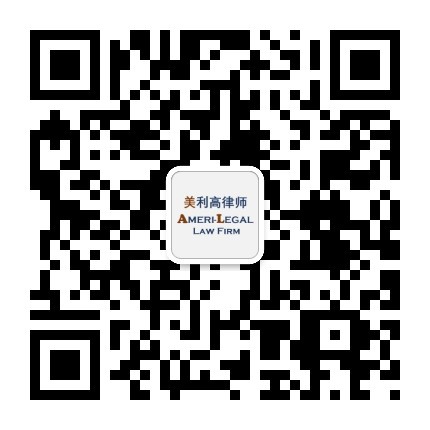EB-2 immigrant visa classification is for the foreign nationals with advanced degree (Master’s degree or higher) or its equivalent (a baccalaureate degree and at least 5 years’ progressive work experience in the field).
EB-3 immigrant visa classification is available for skilled workers, professionals or other workers.
“Skilled workers” are persons whose jobs require a minimum of 2 years training or experience, not of a temporary or seasonal nature.
“Professionals” are persons whose job requires at least a U.S. baccalaureate or foreign equivalent degree and are a member of the professions.
The “other workers” subcategory is for persons performing unskilled labor requiring less than 2 years training or experience, not of a temporary or seasonal nature.
The EB-2/EB-3 petition must be filed by a U.S. employer who is willing to sponsor a foreign worker a green card.
PERM
Before filing EB-2/EB-3 petition, the U.S. employer is required to test the U.S. job market by going through the PERM labor certification process. The employer may hire the foreign worker only after the employer proves that a U.S. worker is not available for the offered position.
The process includes a few steps that the employer has to follow:
Prevailing Wage Determination
The immigration regulations require that the hiring of a foreign worker will not adversely affect the wages and working conditions of U.S. workers comparably employed. Therefore, the wages offered to a foreign worker must be or above the prevailing wage rate for the occupational classification in the area of employment. In order to obtain the prevailing wage determination, the employer submits ETA 9141 to request a prevailing wage determination from DOL.
Recruitment
To test the job market, recruitment efforts are needed to determine if there is a U.S. worker available for the offered position.
Mandatory recruitment steps are:
- 30-day Job Order with the State Workforce Agency.
- 10 business days’ Notice of Filing posted at the workplace.
- 2 Sunday newspaper advertisements on the newspaper with the general circulation in the area of the workplace.
Additional recruitment steps for professional occupations:
- Advertisement on the employer website.
- Advertisement on job search/career website.
- Advertisement in the local and ethnic newspapers.
- Radio/TV advertisement.
- On-Campus recruitment.
- Employer internal referral program.
- A job fair recruitment.
- Use private recruiting company.
The employer shall create a recruitment report to detail the job applicant’s information and the rejection reasons after interviewing the applicants.
Filing ETA 9089 Labor Certification to DOL
A labor certification may be submitted to DOL after the recruitment process and the employer determines that there are no U.S. workers qualifying for the offered position.
EB-2/EB-3 to USCIS
A U.S. employer may file an Immigrant Petition for Alien Workers (Form I-140) on behalf of a foreign worker for EB-2/EB-3 classification within the validity period of the labor certification. Additionally, a U.S. employer must submit evidence of “ability to pay the offered wage” with the Form I-140 to prove its financial ability to pay as of the priority date.
Form I-485 Adjustment of Status can be filed concurrently with Form I-140 provided that the foreign worker is in the U.S. and an immigrant visa is available. A Form I-485 can’t be filed when there is a visa waiting list for the foreign worker. If the foreign worker is abroad, a consular processing is required for the application of an immigrant visa. The National Visa Center will review and send the immigrant visa application to the designated U.S. consulate abroad, where hosts the visa interview. An immigrant visa will be issued for the entry to the U.S. as a permanent resident.
Family Dependents’ Green Card
Spouse and unmarried children under the age of 21 may be eligible for green card application with the EB-2/EB-3 foreign worker. They will file separate Form I-485 in the U.S. or immigrant visa application abroad.



